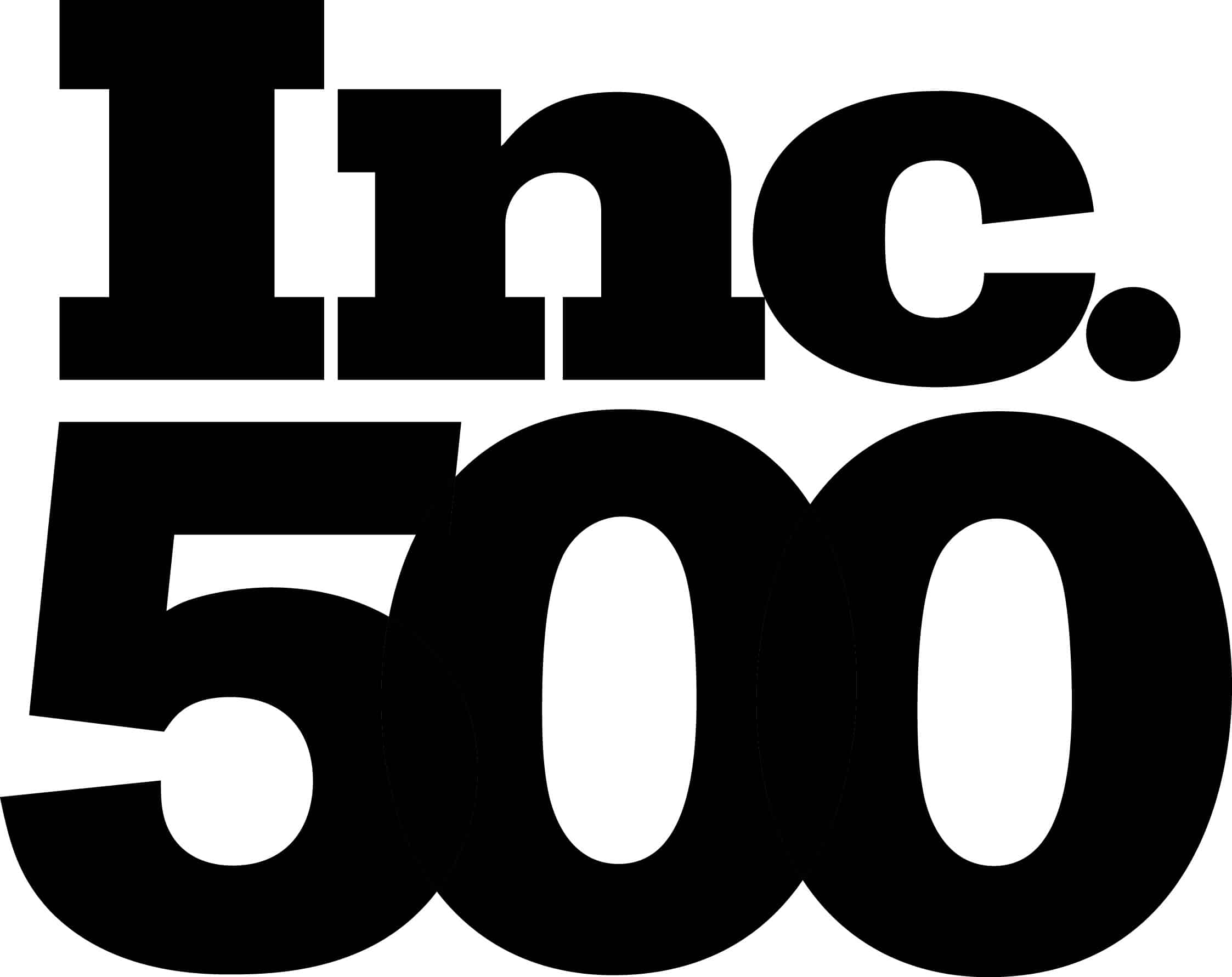By Paul Sandberg, Project Director
If you have a construction or contracting business you may be able to increase employee productivity – and by extension gross margins, by implementing project management processes taken from the lean construction movement. Companies often report 30% improvement in employee productivity by applying these principles.
At the heart of Lean planning is the idea of making reliable commitments and continuously measuring your performance against those commitments. Let’s explore how you can apply this through a three-tiered planning framework and use KPI metrics like PPC, RNC, and APLR to drive better performance on your projects.
The Lean Planning Framework
1. Master Project Schedule (MPS)
The Master Project Schedule gives you the big-picture roadmap. Created during the preconstruction phase, it outlines major milestones, sequencing, and key deadlines.
The MPS is not meant to be a detailed plan for the project. You will develop increasingly detailed plans as the time horizon gets closer. The key here is don’t invest more time than necessary to get
Benefits:
- Aligns all teams around shared milestones
- Provides a strategic view of long-term goals
- Highlights potential bottlenecks early
- Provides insights on when resources will be required
2. 5-Week Look-Ahead Plan
Think of this as your tactical lens. The 5-week look-ahead plan translates the master schedule into an actionable window of upcoming work.
Each week, the team reviews what’s coming in the next five weeks and checks for constraints: Are designs complete? Are materials on-site? Are crews available? The project manager role is accountable for maintaining the 5-Week Look-Ahead Plan.
Why it matters:
- Removes roadblocks before they cause delays
- Encourages proactive coordination
- Reduces rework and last-minute scrambles
3. Weekly Work Plan (WWP)
This is where promises are made—and kept. The WWP is created during short weekly meetings with field leaders, who commit to specific tasks based on actual readiness.
Unlike traditional schedules, this is commitment-based planning—only plan what you can realistically get done (note: this is not a plan for what you are working on, it is a plan for what you expect to complete 100%). The supervisor role is accountable for creating and updating the weekly work plan
Best practices:
- Plan based on real conditions, not wishful thinking
- Only plan for what you are confident you can complete
- Review performance from the prior week
- Use daily huddles to stay aligned
Using KPIs to Drive Continuous Improvement
Planning is only half the battle. To truly improve, you need to measure performance. That’s where Lean KPIs come in. These three are especially effective:
1. Percent Planned Complete (PPC)
Formula: PPC = (Completed Promises / Total Promises) × 100
PPC tells you how reliable your plans are. If you committed to 20 tasks and completed 15, your PPC is 75%. The goal is to make and keep commitments, not just fill out a schedule.
How to use PPC:
- Track it weekly and share results with the team
- Look for trends, not just one-off dips
- Use it to promote accountability and build trust
2. Reasons for Non-Conformance (RNC)
When work doesn’t get done as planned, why? That’s what RNC tracking is for. Instead of pointing fingers, it helps teams identify systemic issues—like late materials, incomplete designs, or missing tools.
Tip: Categorize reasons (design, supply, weather, manpower, etc.) to spot patterns. Then fix the root causes, not just the symptoms.
3. Actual to Planned Labor Ratio (APLR)
Formula: APLR = Actual Labor Hours / Planned Labor Hours
If you planned for 80 labor hours and used 100, your APLR is 1.25—meaning your plan underestimated the effort. A consistently high APLR points to productivity issues or planning inaccuracies.
Use APLR to:
- Forecast labor needs more accurately
- Benchmark trade performance
- Understand which tasks routinely blow their labor budgets
Wrapping It Up: Lean Is a Culture, Not Just a Schedule
When you combine the Master Schedule, Look-Ahead Plans, and Weekly Work Plans with smart KPIs like PPC, RNC, and APLR, you build more than just efficient workflows—you create a culture of reliability and accountability.
This Lean planning system:
- Encourages proactive communication Reduces waste and delays
- Makes performance transparent Builds trust through accountability
- In short, it makes your team better—week after week, which improves productivity and profitability in your business.



